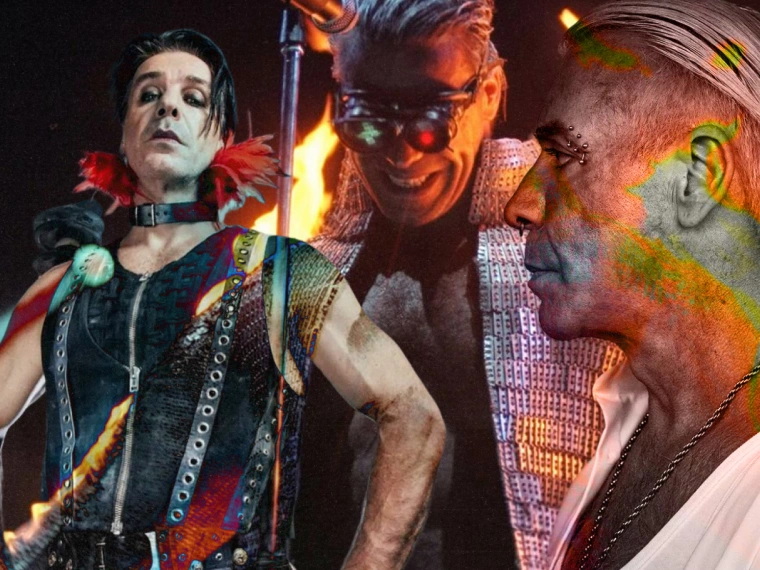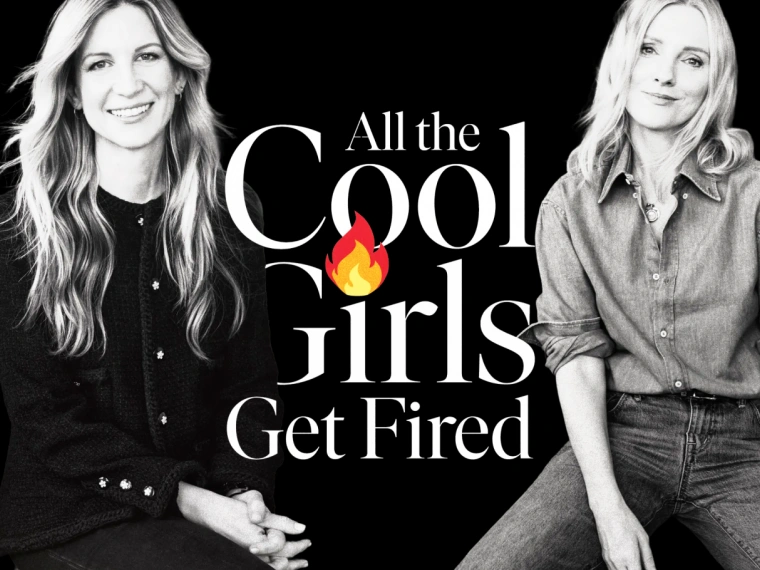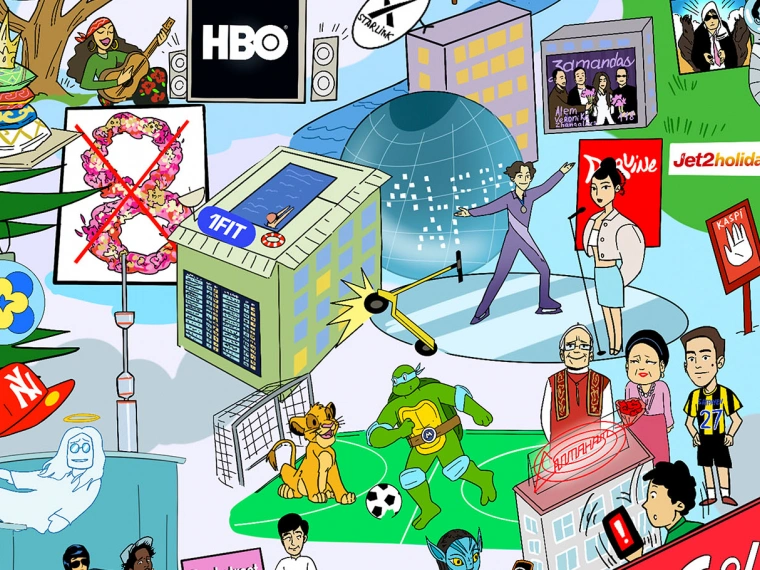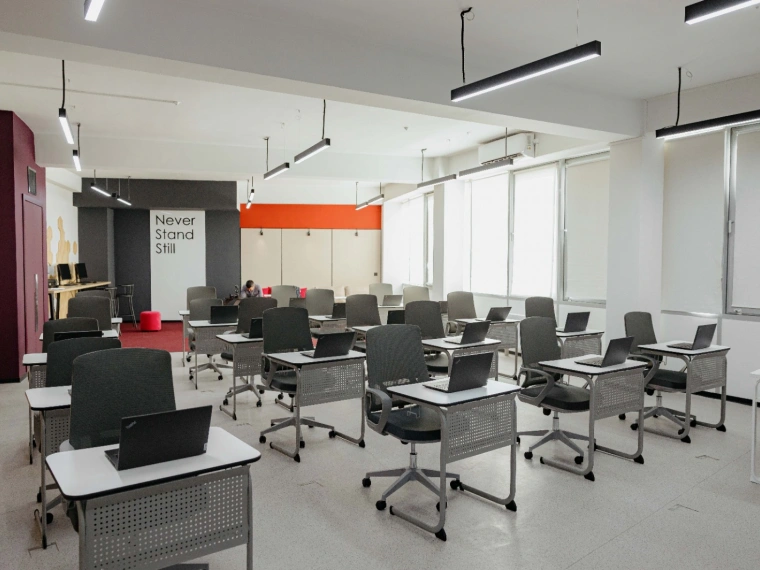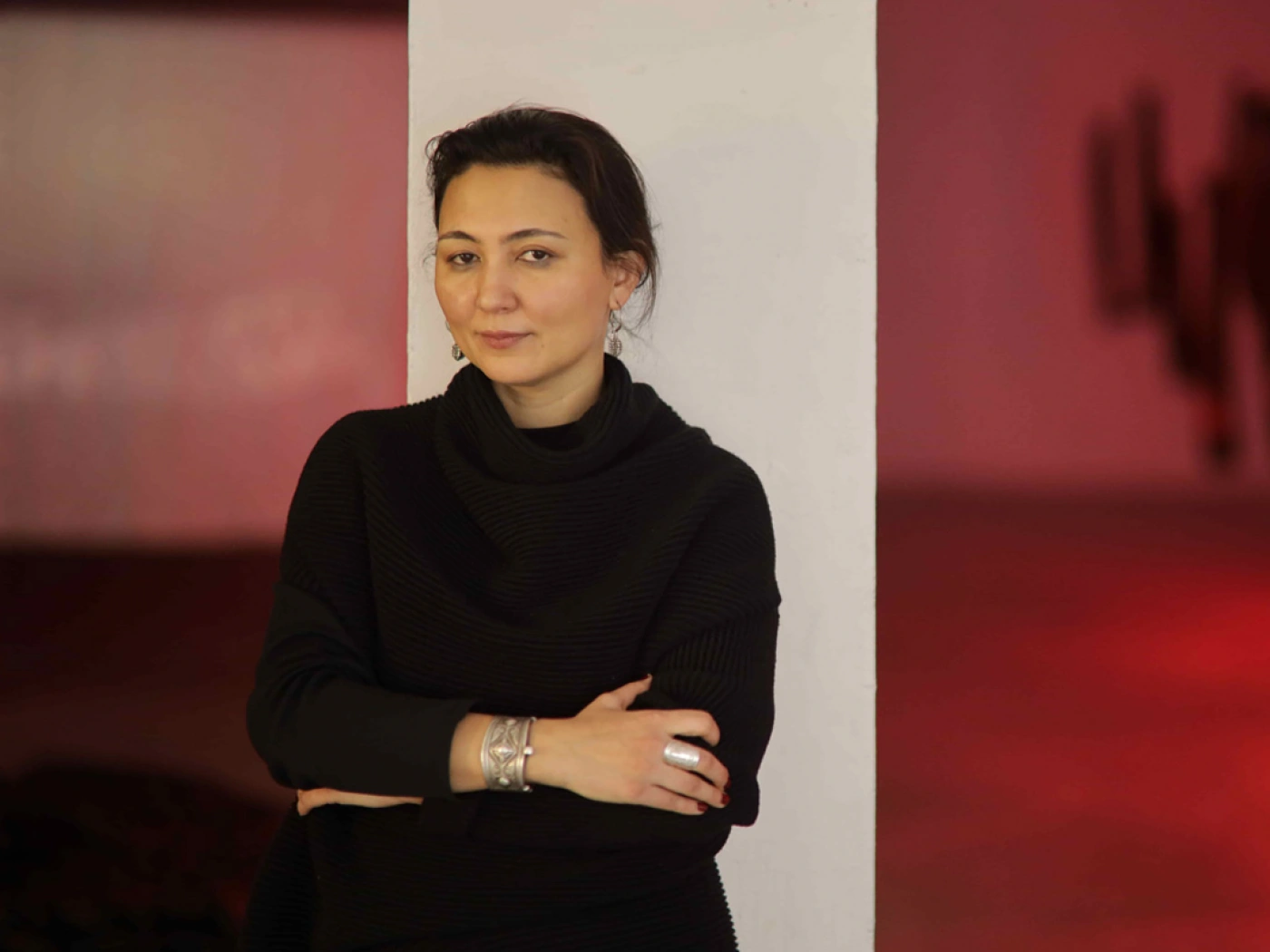
Disappearing cultures and myths — interview with Saodat Ismailova, a film director and artist from Uzbekistan
Saodat Ismailova — Uzbek director, artist, and member of film festivals and exhibitions, who explores the spiritual and mythical world of Central Asia in her art.
Her exhibition called «What Was My Name?» was displayed in Kazakhstan for the first time. It narrates the stories of women who have experienced ideological transformation of the Soviet era.
We talked to Saodat Ismailova and discussed the impact of disappearing spiritual practices in her works, issues of self-identification, and abusive emancipation of women forced by the Soviet Union.
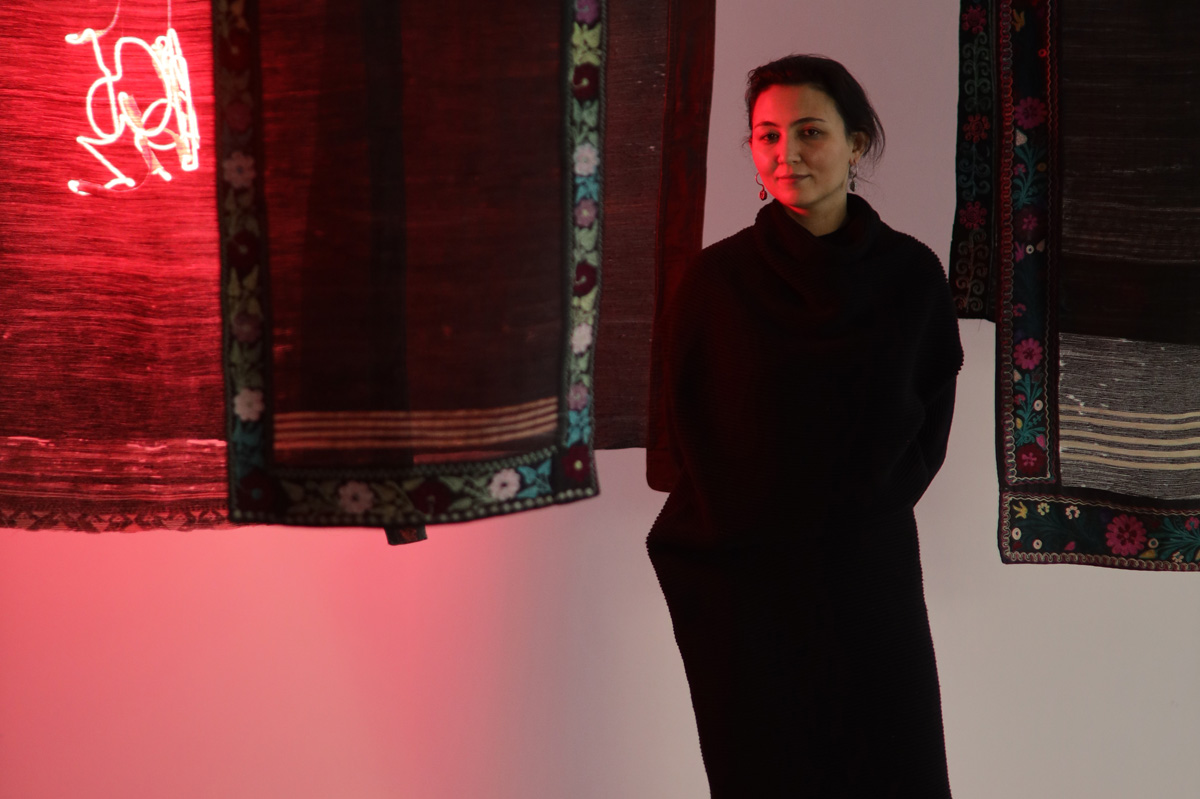
— Saodat, why do female spiritual practices are represented as the central theme in your art?
It happened quite naturally. Ritual practices surrounded me my whole life and seemed pretty mundane until I reached a certain age. I have grown up sharing a room with my grandmother for 21 years and she passed her knowledge of spiritual practices to me. I remember her performing the rituals of «kinna» and «muskul kushod» — common national rituals performed by women.
Later on, when she passed away, I asked someone to read out «muskul kushod» to me before shooting one of the films. I turned out that these practices are banned in Islam. That was the moment I realized that even harmless rituals risk being stigmatized by the society.
When working on another film in Tajikistan, I accidentally entered some family’s backyard. A bunch of women ran out of the house scared that I am some kind of a religious inspector — they were performing rituals to cure a child.
Thus, I was getting more and more interested in disappearing rituals, cultural elements, and environmental wonders as they appeared to me as symbols of something lost, invisible, and unsaid. This can be seen in films like «Aral. Fishing in an Invisible Sea» about the Aral sea crisis, «The Enchanted» about the extinct Turan tiger and all the pieces of «What Was My Name?» exhibition.
— You mentioned your grandmother, who had significantly influenced your work. Can you elaborate on what kind of a person she was?
She was born in a family of religious clergy in the South of Kazakhstan, in Turkistan. Her mom taught girls literacy, literature, and poetry long before the Soviet Union. When the bolsheviks came to power, my grandmother’s dad was sent to Gulag and the women of our family were forced to move to Tashkent.
The new conditions of her life have formed my grandmother in many ways: born and raised in a family of religious enlighteners, she was not able to graduate from school since her father was marked as the nation’s enemy. Her appetite for knowledge and curiosity allowed her to read in Uzbek and Arabic languages.
One of her many talents was storytelling. She always told me the stories and fairytales of the past, and reminded me to ask for a wish from Zukhra — the planet of Venus.
— Our grandmothers lived in a different world and had their own way of understanding it. They even talked in a different way: using aphorisms and literary texts. I believe that our generation operates on other communication levels, even though we are exposed to the same language and culture.
Yes, I feel that way too. They were strong storytellers, which helped us to develop as individuals. Even now, with those stories that we remember thanks to them, the delivery of the story will be quite different. A lot of things disappear as time goes by.
I think that my grandmother’s world resonates in me and every piece of art that I produce.
The last element of «What Was My Name?» is a record of a prayer from the 90s, made by researchers in Fergana Valley. When I found out about it, I was shocked, because the temper of the voice, its rhythm, and tone strongly resembled my grandmother in the past. Only sound is capable of capturing time so accurately.
— Is there a centerpiece of the exhibition?
Yes, it’s my first video installation «Zuhra», which was introduced in Venice in 2013. The focus here is on the girl experiencing a lethargic dream. Interviews of two women whom I happened to interview back in 2005 in Sukhandarya serve as a narrative. They went through an ancient rite of «chillya» — 40 days of silence, solitude, and reading prayers.
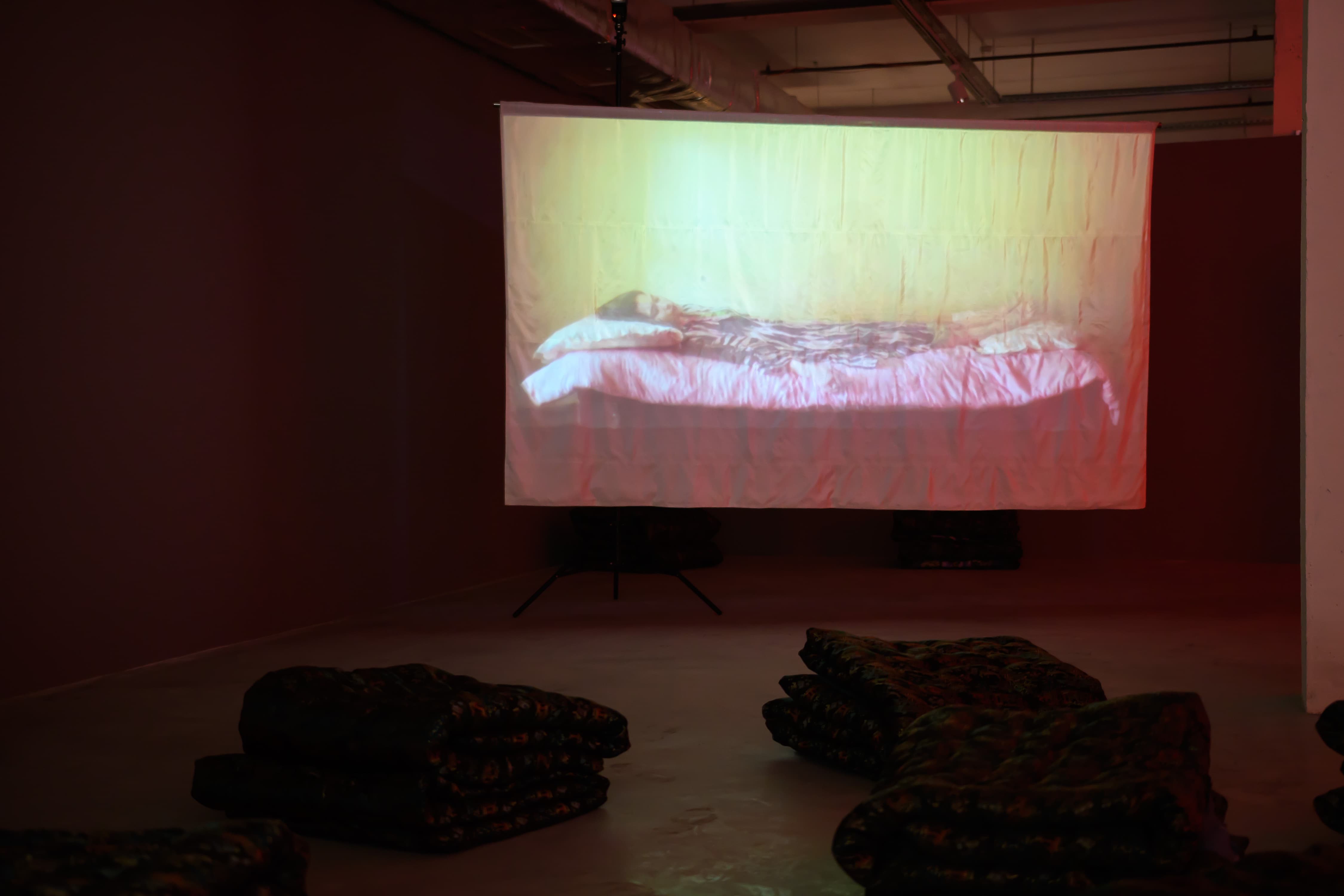
In Zukhra’s room, you can observe how signs appear on the surrounding walls, like dreams, in a very subtle way — these are footage from Uzbek films and archival images of the «hujum». The culmination of the video installation is the sound of the «jahr» ritual. This one is somewhat similar to «zickr», but has an animistic color. It is performed by men who imitate animal noises, thus purifying a person.
— Another thing that caught my eye is «chachvan» that women used to veil their faces with. When and how did you happen to notice them?
Chachvan is a net woven from horsehair, which, it is argued, covered women’s faces from the outworld even before the Muslim era started. On one hand, the ponytail might have been a representation of a certain protective force. On the other hand, since the art of the chachvan is completely lost and has not been studied at all, we cannot be certain about it.
From what I remember, the first chachvan was brought by my brother Bobur. Hardly anyone noticed them before. Since almost no one wore chachvans anymore, they were usually sold for pennies. But to me, the story behind these nets was so attractive so I started collecting them.
And then I was fortunate to read «The New Woman in Uzbekistan» a book by a scholar Marianne Kamp. She interviewed women who, at some point in their lives, wore chachvan. That collection of interviews evoked so many feelings. It was very touching. I realized that behind each chachvan, there is a woman with her own special story, often a very heavy one.

You can see chachvans in Uzbek Soviet movies, where women were filmed throwing off and burning their veils for ideological reasons. Many things were presented for outreach purposes back then. But at the same time, females found themselves in between two oppressive forces: the new regime and traditional society.
Just imagine, those women have been covering their faces all their lives, and all of a sudden, they are forced to give up on their protection, their safety. As a result, when outside, they hid their chachvans, but at home, they put them back on so as not to be condemned and persecuted by their relatives.
— Yes, the theme of hujum as of violent political campaign, accompanied by the massive removal of the burqa, is revealed in your film «Her Right». It was very compelling how you examined emancipation not only in its habitual positive sense but as a fierce phenomenon.
Yes, it was aggressive and it was bloody. My grandmother told me that with the arrival of the Bolsheviks, they were forced to keep their books wrapped in a shroud and buried.
First, as the authorities attacked, they had the nerve to deprive people of their religion. During collectivization, — of the land. Then, they declared all sons, husbands, and fathers, «enemies of the people» and, finally, stripped women of their traditional protection, of chachvans.
There was a belief within the Soviet Government that women would be motivated to throw off their chachvan-veils. Of course, it was their view from outside of what was traditional and usual to locals. As a result, they faced local resistance from males who were ready to raise hands against their women.
Hujum existed there for several decades. As such, all the aggression of the authorities and the people was taken out on women. An indication might be stories of first female Uzbek actresses and dancers who were killed by their relatives for opening their faces to the world audience.
We can also consider a historical point of view and analyze Jadids — the representatives of the local spiritual and intellectual elite. Jadids, too, planned female emancipation, but a more liberal one — by means of education, literature, and cultural institutions. They wanted women to follow that path consciously, deliberately, and at their own pace. But then, the Soviets came and decided that they could change all things in six months. And thereby, at the initiative of the government, on March 8th, 1927, thousands of women in Samarkand took off their veils and burned them.
This struggle stretched for decades. Some say that chachvans have returned during World War II: when men were sent to the front, women put them on to show their loyalty and support.
Sometimes people ask me if I am defending chachvans. In fact, I am not defending them as objects. What interests me is the overlooked story of chachvans and the way it reminds us of the invisible presence of women who wore them.
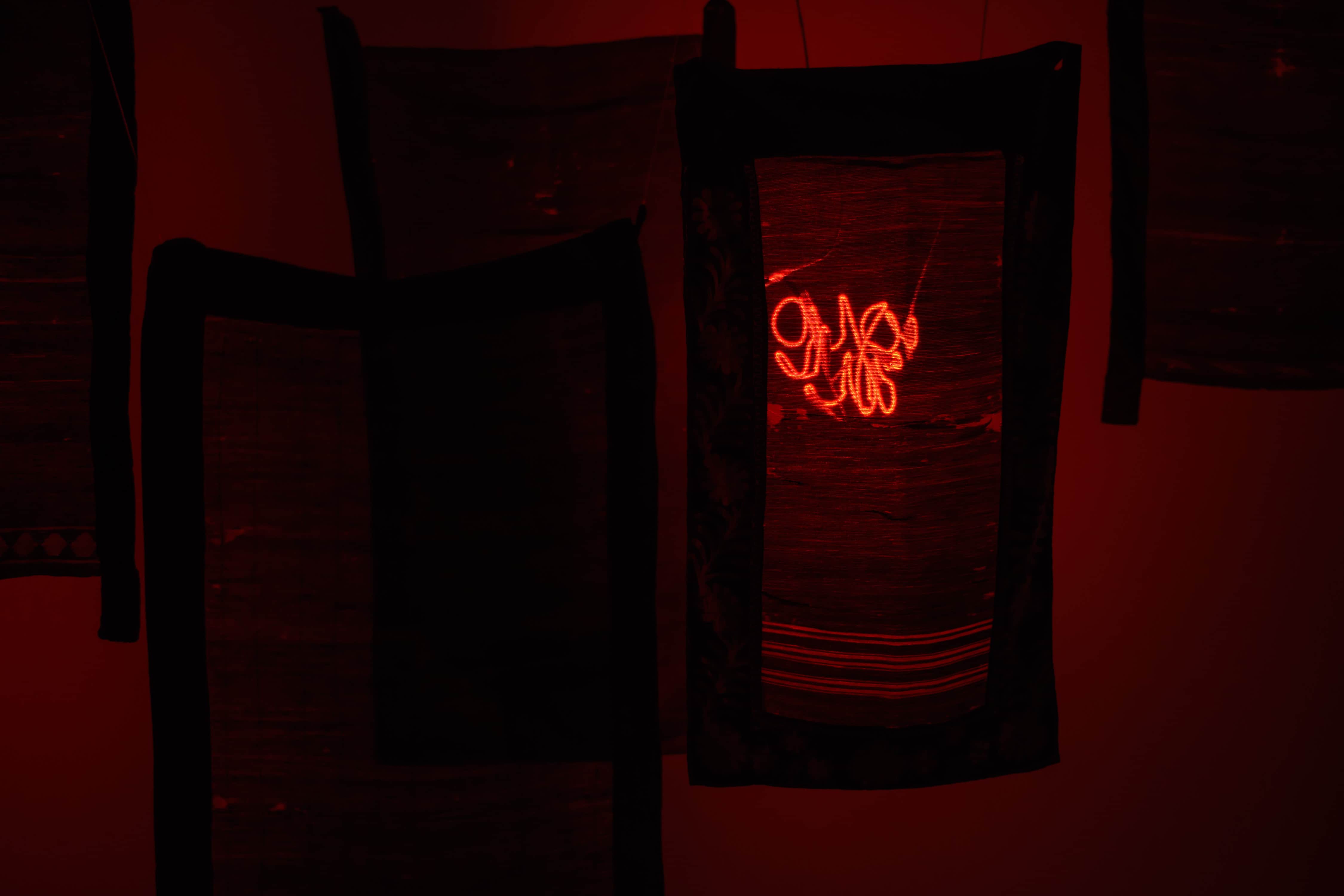
— You constantly refer to history. Does it help you understand yourself better?
Yes, absolutely. But not in a traditional way. It rather comes to aid my intuition. I appeal to history in order not to disappear in the fabulous world of myths.
I like getting inspired by certain elements of history. Like those covers of a women’s propaganda magazine, from which you can trace the state-created image of an ideal Uzbek woman. During the pandemic, I also had a chance to work with archives in two films — «Her Right» about hujum and «Her Five Lives» that traced the transformation of the image of women in Uzbek cinema.
— You have been living in Paris for a long time, however, all your works address the exploration of Central Asian narrative. Have you experienced the problem of self-identification after your life in Europe?
Yes, I have been living in Europe for a relatively long time: first I studied in Italy, then in Berlin for half a year, and three more years in Barcelona with my husband and kids after that. Later on, we moved to Paris assuming that we will only spend a year here, but decided to stay since it offers a great scene for cinematographers and artists.
Keeping the distance from Uzbekistan gives me an advantage — living in between the two worlds strengthens the connection with the roots and allows me to reflect and reassess my culture.
I cannot say which city is closer to me — Tashkent or Paris, but I know that my home is always where my children are: a 14-year-old daughter and a two-year-old son. This is actually a very interesting transition, first, your home is where your parents are, and then it’s where your children are. Despite this, I am constantly looking for some narratives in Central Asia, as this region has shaped me. Besides, my parents and families of my sister and brother live in Tashkent, so I try to visit them as often as possible.
— You were born into a creative family: your father Abdurakhim Ismailov is a famous Uzbek cinematographer and your brother Bobur is a contemporary artist. What do you think shapes a person more: a genetic connection or a social environment?
It seems to me that these concepts merge and affect one equally, but, probably, genetics are acutely manifested in the times of crisis and help you to cope with stress. This is an inner foundation of a person.
In general, it is interesting that me, Bobur and Adolat found ourselves between two different worlds: there was our maternal grandmother on one extreme, whose ancestors were engaged in religious and educational activities, and on the other, our Soviet dad.
Dad’s grandfather was born in Turkistan, but they fled to Tashkent during collectivization and were engaged in cattle breeding. Dad decided to make a small revolution in the butcher family and went to study in Moscow to become a cameraman. Then my older brother Bobur became an artist, and I took up art after him. Interestingly, my children and nephews do not gravitate towards creativity at all. My daughter says: «All mothers come home every day at 6 pm, and you can disappear for a month».
— You and your husband filmed a documentary about the Aral Sea together. Surprisingly, the characters of the film do not seem to notice the camera at all. How do you manage to dissolve your characters within the frame so accurately?
When I work in the «field», it is very important for me to break down the barrier with the actors so that people you work with can trust you. To do this, you need to spend the maximum amount of time with them, since you are treated like a guest fot the first couple of hours, but then they begin to ignore your presence,keep on focusing on their work,and stop noticing the camera.
For this reason, I never stay in hotels when traveling. I need to establish close contact with the actors, so that we can achieve some kind of comfort when being silent. It also depends on the number of people on the set, so I often work alone, although it can be physically demanding.
I remember that the idea of the film came to me a long time ago,my dad often spoke about the Aral tragedy. Then I wrote the script and thought that I would travel to create a feature film, but when I found myself in the city of Muynak, I realized that it was pointless to shoot something other than a documentary. It was a dead city, and people who lived there resembled ghosts. Then I returned there in 2016, but the ghostly feeling never left this city.
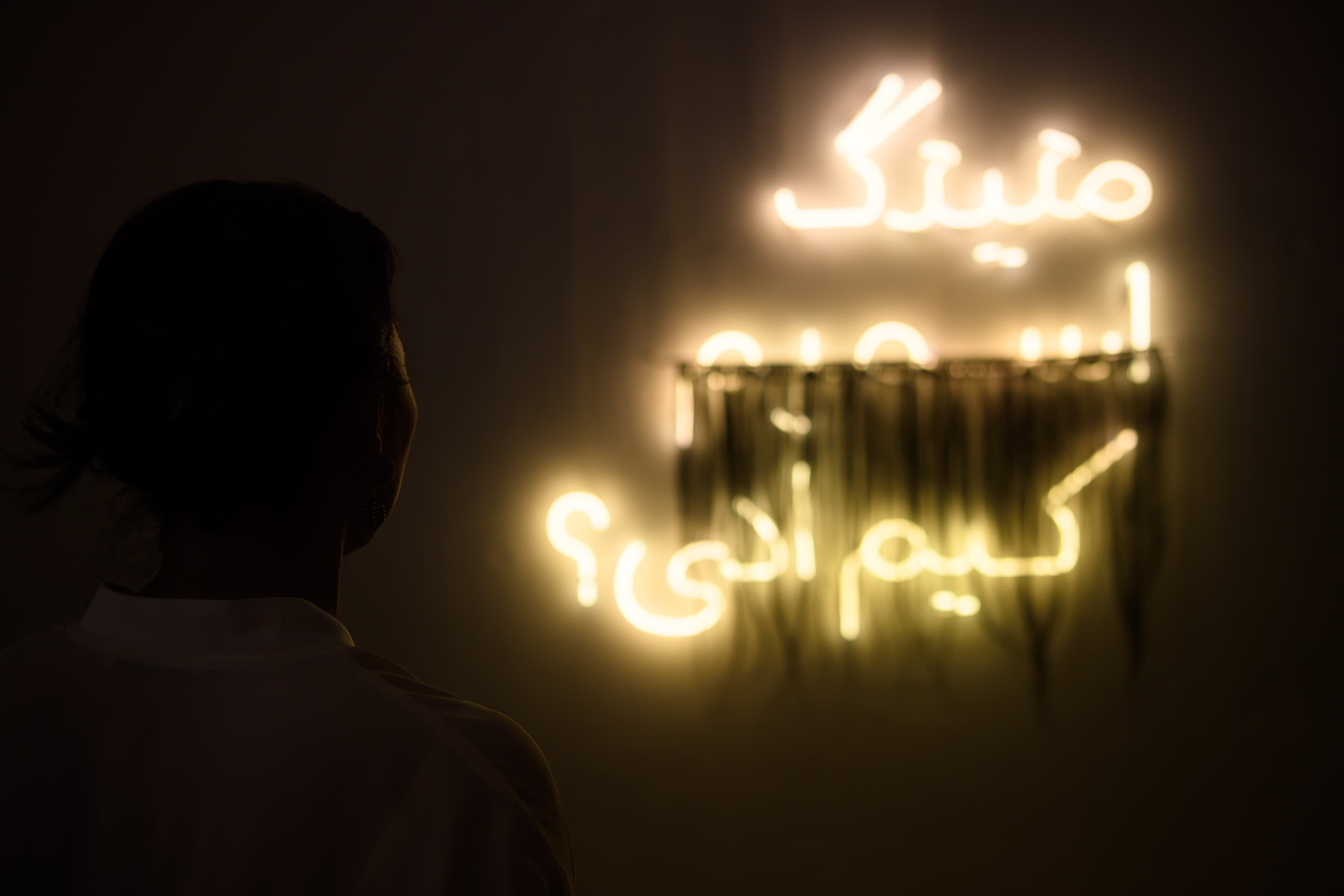
— Which Central Asian film directors you would recommend for the contemporary society?
Among the Uzbeks, I can definitely point out Ali Khamrayev, his works include: «Without Fear», «Triptych», «A Man Leaves for Birds» and «I Remember You». He created a special poetic language of Uzbek cinema and began to raise feminist issues through a male point of view. In Kazakhstan, it’s Darezhan Omirbaev — he has a different vision, a colder and metaphysical one.
In Kyrgyzstan, there is an internationally recognized director Aktan Arym Kubat, his work is based on the countryside, he is not as urbanistic as Darezhan. And in Tajikistan — Jamshed Usmonov. It seems to me that these are the directors who deserve to be recognized and whose works must be studied in the universities.
— Will independent films ever be successful in Central Asia?
This is not only a regional problem, but rather a global one. Mainstream films generate the vast majority of viewers, while only a tiny portion of people are interested in independent movies. I guess the only thing that varies between countries is the attitude of the government.
In France, for instance, there are some cinema halls that constantly show all kinds of independent films. So, they both maintain the commercial viability and take care of introducing new points of view to the general audience.
Many people wonder: «What happened to the Uzbek cinema?». The problem is that we have lost most of the voices of the Ottepel with the collapse of Soviet Union.
Cinema is a form of art that was brought to us from the outside. Thus, there is no point in expecting a rapid development of the film industry without raising the public awareness.
It seems to me that we underestimate our society if we believe that they will understand independent films. We just need to show more of those and people will have a choice and be able to reflect on them. We all need to understand that the exclusive presence of commercial films is a clear evidence of the cultural decline of society.
